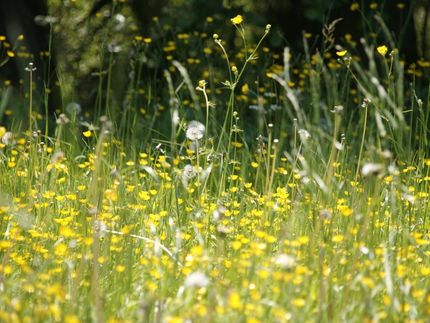Cell That Triggers Symptoms in Allergy Attacks Can Also Limit Damage, Stanford Researchers Find
Advertisement
A blood cell known as a troublemaker for triggering the itch and inflammation in allergy attacks, the mast cell, can also calm down the flare-ups, researchers from Stanford University School of medicine have found. The findings, to be published in Nature immunology, reveal that, in mice, mast cells help decrease skin damage over time from sun exposure or from poison oak.
"These reactions are much worse if mast cells aren't present," said senior author Stephen Galli, MD, professor and chair of pathology. He noted the insight may open new possibilities for the treatment of these problems. The findings contradict mast cells' reputation for being the trigger-happy gunslinger in an allergic reaction. Located just beneath the skin and in the loose connective tissue throughout the body, mast cells lie in wait for intruders. Packed with granules containing inflammation-inciting molecules such as histamine, they sometimes also react to non-threatening trespassers, such as pollens or plant oils. These confrontations cause allergic reactions and, in extreme cases, the life-threatening overreaction of anaphylaxis seen in bee-sting or peanut allergies.
Mast cells also affect the severity of eczema and asthma, giving rise to some therapies that focus on counteracting their activity. "Some people say, 'Let's get rid of them,'" said Galli, who also holds the Mary Hewitt Loveless Professorship in the School of Medicine. "But we did not evolve mast cells just so we could eat a peanut and die."
Rather than characterize the mast cell as an agitator, Galli said it would be more aptly described by the title of a Clint Eastwood western. "The mast cell would have its good, bad and ugly sides - it would depend on the circumstance," he said. "In the end, I think you would be convinced it was mostly a good guy."
Galli's lab has shown mast cells can help corral rather than unleash distress. His team's previous research in 2006 found that mast cells help break down snake venom poison, and a study in 2004 revealed the cells helped mice survive severe bacterial infection. The new research is the first to investigate long-term reactions by mast cells to poison oak and sun exposure. His team exposed the ears of mice to either cycles of ultraviolet radiation or urushiol, the irritating oil of poison oak. About a week later, mice genetically lacking mast cells showed much more inflammation than normal mice, and developed skin ulcers. Injections of mast cells helped reduce the ear swelling and prevent the ulceration. "All you have to do to cure the mice of this problem is put the mast cells back in," Galli said.
The next studies will look into whether mast cells reduce the development of skin tumors, such as melanoma or carcinomas, from longer term ultraviolet exposure. The group will also investigate what other molecules contribute to suppressing the inflammation. "You can't explain all of the anti-inflammatory aspects of mast cells with IL-10," Galli said.

























































